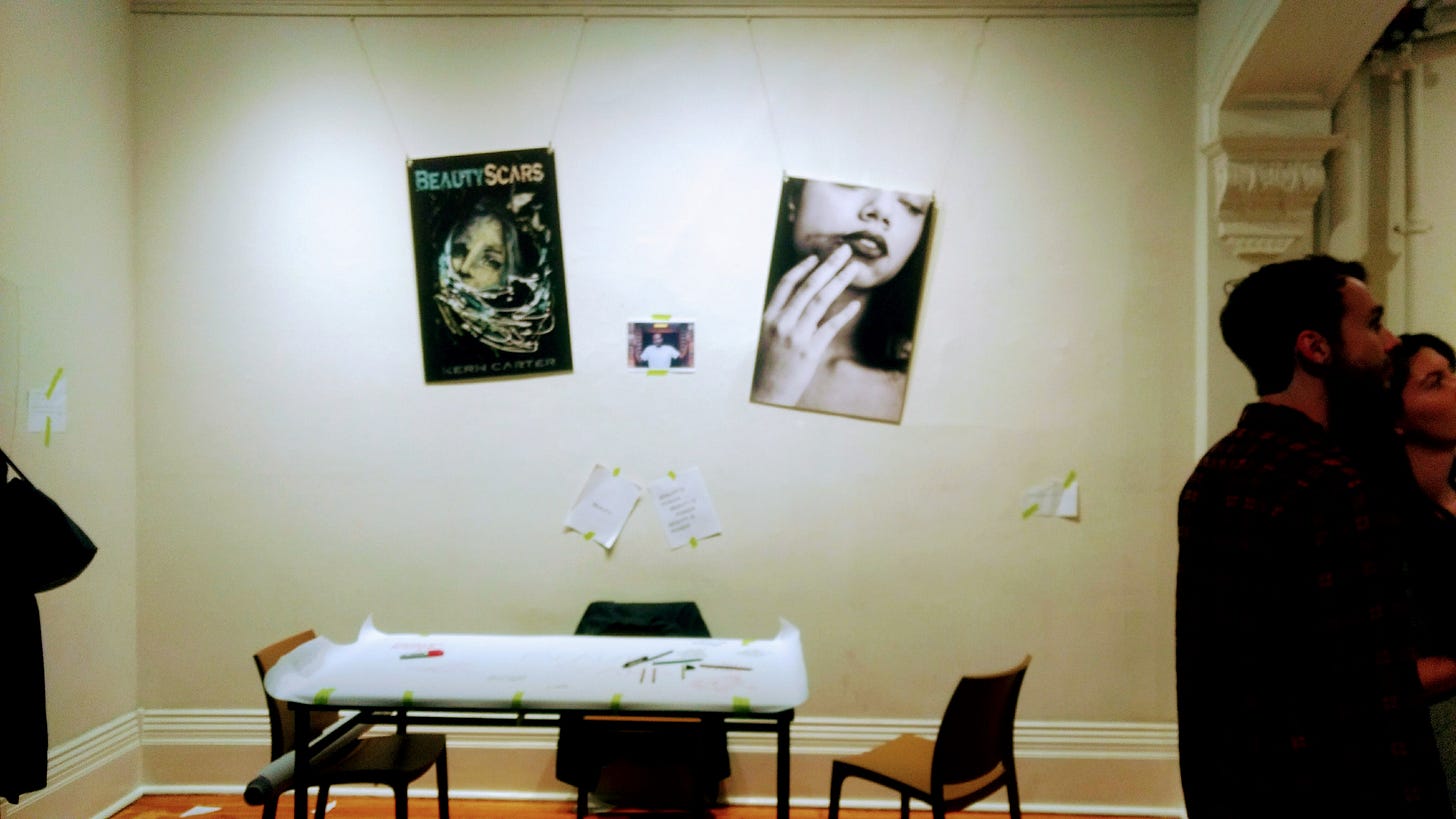Do you think that writing is art?
In the simplest definition of the word, yes. Of course writing is art. Because art is defined as, “the various branches of creative activity, such as painting, music, literature, and dance.”
Question answered, right? Not even close.
If we say that literature is art, why don’t we treat it that way? Why, with capitalism in full swing, do journals with hardly any words in them cost the same or more than a hardcover novel with four hundred pages filled with words that took years to create? How can fashion designer Phoebe Philo charge $3,000 for a MUM Necklace, which is an accessory, when myself and most authors charge $30-$40 for a hardcover book, which technically is our premium offering?
I watched a clip from an interview with a rapper named Vince Staples. He was making the same argument for music and I immediately saw the similarities to literature. The value of the “art” of music has been reduced to a stream. Generally speaking, about one thousand streams count as a single listen. Musicians didn’t make those rules, didn’t set those prices, but they are forced to abide by them. And although streaming saved the music industry and made it valuable again post Napster, it’s largely become an industry that doesn’t make room for artists to earn their true value.
Attempts have been made. I think of Nipsey Hussle back in 2013 charging $100 for his Crenshaw mixtape. He only produced one thousand copies and sold them all. I think of Wu-Tang making only a single copy of their 2015 album, Once Upon A Time In Shaolin, and selling it at auction for a million+.
While these two examples were seen as protests to the current devaluation of music, I believe these musicians were essentially exercising their rights to be artists. They used scarcity in the same way visual artists like Rothko or Basquiat do when they create single paintings. In the case of Nipsey, he priced his art according to what he believed reflected the value of the work. For Wu-Tang, they let the market decide the value and with their iconic status in hip-hop, they knew that value was high.
Can authors do any of this? Sure we can. Indie authors in particular can charge whatever they want for their books. And we saw what Fantasy Author Brandon Sanderson did when he turned to Kickstarter to raise money for his next project. In thirty days, he raised over $40 million. That’s disruption at its finest.
But these examples are still the rare exception to the rule rather than industry standard. And for literature to truly be art, it would need to be reflected in how the system operates consistently. Consumers would need to open their minds to paying more than $30-$40/book. Authors would need to get comfortable taking risks with how they produce and promote their titles. Both of these seem unlikely given the current state of the publishing industry paired with the current state of the economy.
Then there’s also form and format. When I speak my visual artist friends, they tell me that they consider several factors when pricing their pieces. Materials used, size of the piece, how long it took them to create it — all of these contribute to the cost. And with art, there is an original and there are prints. In the publishing industry and literature, everything is a print. The form and format we sell are reproductions and when you look at it from that perspective, it makes sense that in a supply and demand economy, a single supply (original) would have a higher demand than a reproduction (print).
So where does that leave us? Is writing art? In the purest sense of the word, yes, writing is absolutely art. But when placed into the system of capitalism, I think it’s fair to argue that the value of this artform, the value of literature, is viewed as closer to a commodity than true art even though it’s cultural value, in my opinion, is more significant than any other artistic medium.
There’s another conversation to be had. One that doesn’t assign the value of any art purely from the lens of capitalism. That’s not the conversation we’re having today, but know that there is a world where the value of art far exceeds what consumers pay for it. We’ll explore that another time.





